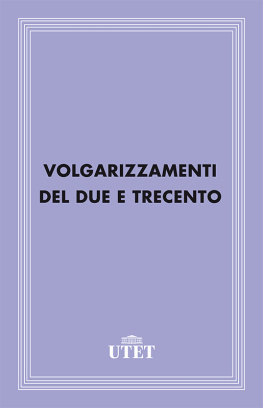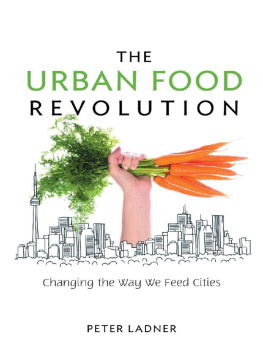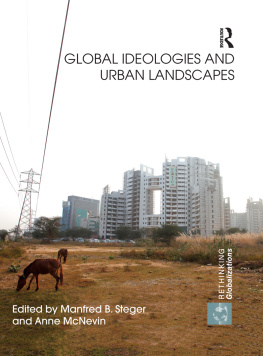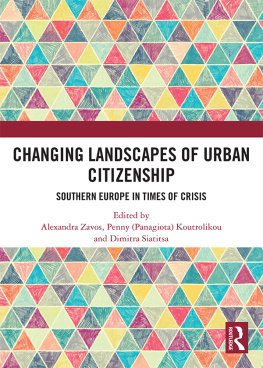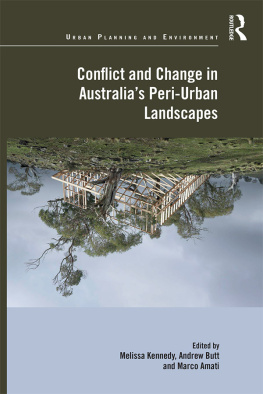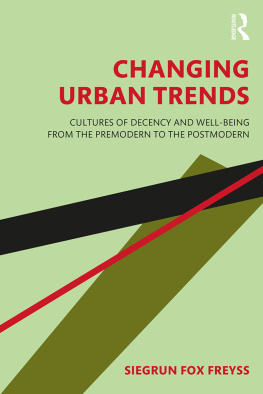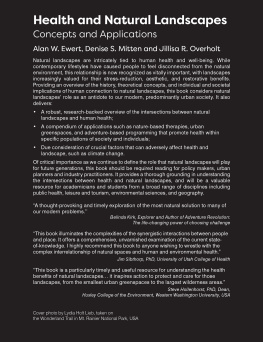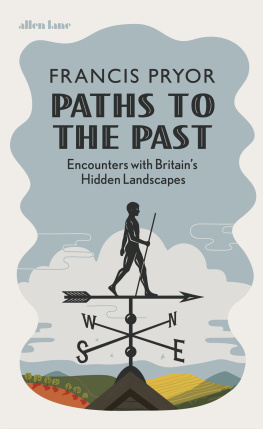Introduction
I have been a frequent traveller in Russia and Central Asia for many years now. My trips have usually been long; and I have spent the best part of my time in the archives. One of the most extraordinary aspects of this experience has been what I encountered when I would emerge from the archives: the world around me was changing at an unbelievable rate. In my work as an historian of the Soviet Union, I could hardly avoid taking into account what I was seeing and thinking as I walked through the streets, first in Soviet, then in post-Soviet Moscow, Tashkent, Almaty or other cities. I looked at the world through the eyes of an historian; but I needed other tools to interpret what was happening around me. As a result, I became interested in urban history and began to read the works of anthropologists, sociologists, town planners, and geographers.
I found another clue pointing in the same direction in the very city where I live in Italy, and the same can be said for the cities where most of you live, too: the immigrants from Eastern Europe and the former Soviet Union, whom we meet in ever greater numbers, tell us of the transformations taking place in their cities of origin. They contribute to these transformations through their absence, through the remittances they send, and their influence on relatives and friends who have not migrated, as well as through their return visits. This volume reflects these two perspectives and contains studies with different disciplinary approaches, investigating changes that have come about in the last twenty years in some cities of the East.
In the same years, independently of what was happening in the East, migratory flows have become more consistent all over the world, cultural contacts and the circulation of information more intense. There are cities where the population has increased and become more complex in its culture, others where the population has diminished through emigration. The specificity of these countries is due to their having had communist regimes for decades and having been dragged down by their collapse, a collapse that plunged many cities in the East into deep crisis and induced many of the inhabitants to emigrate, while other cities successfully entered global networks. The opening up of frontiers and the change-over to market economies effectively brought these countries and their cities very abruptly into the world of globalisation.
Today many of these cities boast a modernity signalled by membership in international business networks, and they underscore this belonging by adapting their image. In the first years after the collapse of the communist regimes, the urban landscapes began to change following the building of skyscrapers by banks and multinational companies, later becoming increasingly vertical. Even the cities on the margins of development were not unaffected by this craze for modernity: the European style spread everywhere, indicating a will to conform to standards and canons of taste that identified with those of Western Europe. This European style affects, above all, the houses of families whose relatives are working abroad. Around the world people have come under the spell of an imaginary West, which informs the changes in their cities. This might be defined as occidentalism, implying something like orientalism, but in reverse.
Tension with regard to the global future marks the urban landscape in many ways, with new buildings, reconstructions of and transformations in the use of both public and private space. In their physical structure, cities tend to resist this urge to remodel: it is difficult to demolish or completely alter buildings, squares, and monuments. As a new rhetoric, post-Soviet modernity triumphs when the political forces have the strength to be aggressive and where there are areas that are free from signs of the past. In the East, one example of this is Astana, the new capital of Kazakhstan, built in recent years practically from scratch. Here the Western model is Dubai or Shanghai, and architects have come from all over the world, fascinated by the freedom made possible by the absence of the past. The model that appeals to these cities is, in reality, an abstract reference that has by now taken root all over the world, independently of Europe.
In new cities like Astana, the buildings not only lead towards a science-fiction concept of the future, but also tell their own version of the past. If you take the time to glance through the photographs of Astana, you will find in the designs of the buildings, their decorations, colours, and imagery, continuous references to traditions that lend themselves to the composition of a national style. Here even the invention of the past has no limits, since there has never been a significant urban past for the Kazak people, who were semi-nomadic until forced to settle in the 1930s. By contrast, in other cities the constraints to rewriting the past are significant, though the political and cultural operation is similar.
During the years of the communist regimes, the population of Eastern cities was affected by systematic policies of integration and assimilation aimed at erasing previous cultural heritage and national specificities. These cities were the object of broad nationalisation of land and properties, state planning, and the symbolic construction of the urban landscape promoting communist political power. After the collapse of these regimes, the birth of new states entailed the transformation of the meaning of belonging to a specific national, ethnic and religious group, and the redefinition of citizenship rights through policies of inclusion and exclusion. Among other consequences, the demise of the state-controlled economy brought about the privatisation of real estate. The legal recognition, application, and enforcement of property rights were indispensable conditions for the development of the market, the birth of enterprise, and the arrival of foreign investment. The acquisition of citizenship and ownership rights proceeded in parallel; they were the pillars on which the transformation hinged.
Several cities changed very rapidly, succeeding in attracting wealth and migrants seeking work. Other cities saw the impoverishment and emigration of the greater part of their population. Sometimes populations moved to the cities simply to escape the poverty of the countryside then filling the spaces left vacant by those who had emigrated. City administrators would either implement welcoming policies by adopting an inclusive approach towards citizenship or they might hamper such arrivals and keep the newcomers on the margins. During the transitional phase to sovereign states, these policies were closely tied to the urge to build a nation, so they tended to create national majorities with full rights and new minorities.
Each of the articles in this collection addresses the specific case of a city or group of cities in Central/Eastern Europe or Central Asia and investigates how the transformations in the last twenty years may be linked to changes in the urban physical structures and leave traces on the townscape. The authors come from different disciplinary perspectives (anthropology, history or geography) but agree on the need to explore these recent changes within a broader chronological framework. Strong cultural antagonism to Soviet influence characterises all of the cities discussed in our case studies. Two of these cities are located on the Asian outskirts of the former Soviet Union and experienced a clash between Russian and local cultures. These are Almaty, founded as a Russian fortress-city, now predominantly inhabited by Kazaks, and Samarkand, originally a Tajik city that then underwent Russian and Soviet colonialism, and today is dominated by Uzbek nationalism. The others are cities in Central and Eastern Europe, in which an indirect influence of the Soviet model has not cancelled cultural and political diversities. They are: Berlin, which now unites the long separate worlds of Western and Eastern Europe; Ksamil, an Albanian town with strong Greek influences; various towns in Romania, and within these a population on the margins, the Roma; Sarajevo, once the cosmopolitan capital of Bosnia, devastated by the war in the 1990s which split the Serb and Muslim populations.






